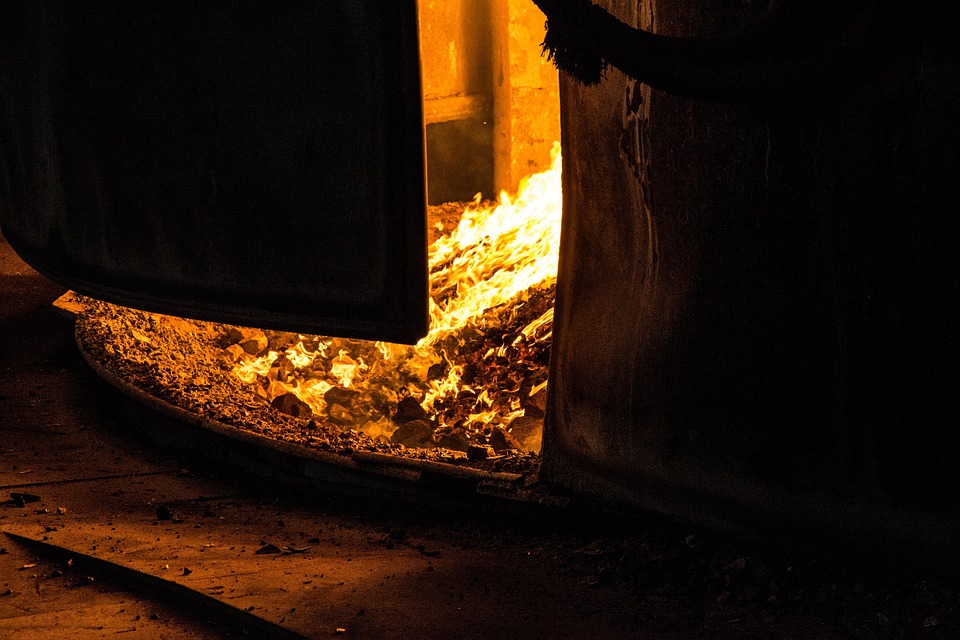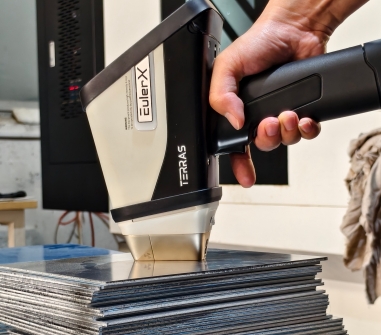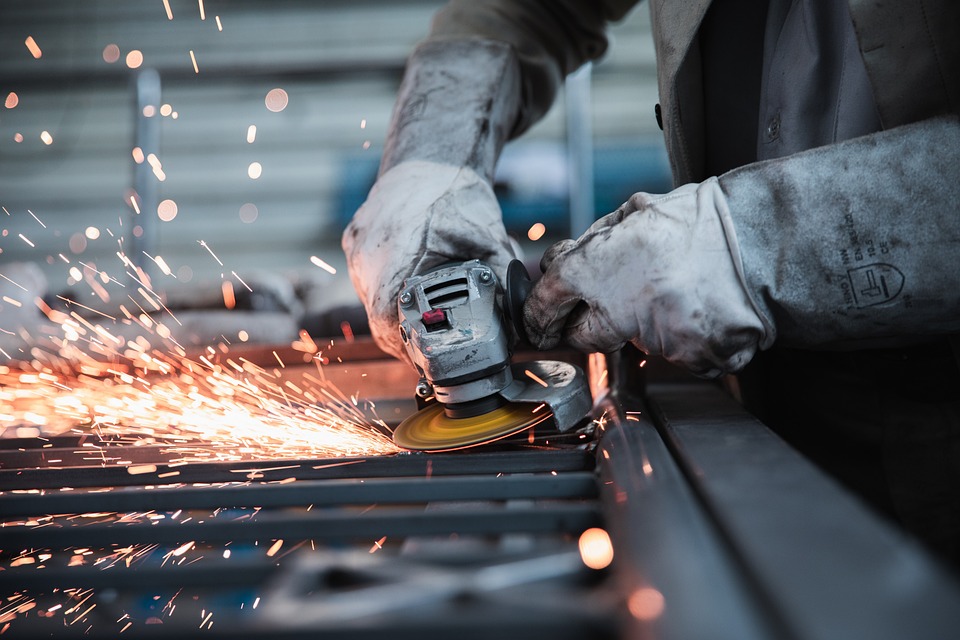
Alloy
A high-tech enterprise focusing on the development and application of X-ray technology products, committed to becoming a leading supplier of X-ray industrial testing solutions.
The Future of Non-Destructive Testing: Handheld XRF Machines in Action
In industries ranging from manufacturing to environmental monitoring, the need for quick, accurate, and non-invasive testing is more critical than ever. Non-destructive testing (NDT) plays a central role in ensuring the safety, reliability, and longevity of materials and structures. Among the various NDT technologies, Handheld X-ray Fluorescence (XRF) machines have emerged as one of the most versatile and powerful tools for on-site material analysis. Let's explore the future of NDT and the growing importance of handheld XRF technology.
What is Handheld XRF Technology?
Handheld XRF is a form of non-destructive testing that uses X-ray fluorescence to analyze the elemental composition of materials. The device works by emitting X-rays onto a material surface. These rays cause atoms in the material to emit secondary (or fluorescent) X-rays, which are then detected by the device. The resulting spectrum is analyzed to determine the material's elemental makeup—without causing any damage to the sample.
This process allows for rapid, real-time analysis on-site, which is one of the reasons why handheld XRF devices have gained significant traction across industries.

The Key Benefits of Handheld XRF Machines
Portability and Convenience
Unlike traditional lab-based XRF equipment, handheld XRF machines are lightweight and portable. This allows operators to perform testing in hard-to-reach or remote locations, which is crucial for industries like mining, construction, and fieldwork. Whether you're testing a metal alloy on a factory floor or examining a soil sample in the field, handheld XRF offers flexibility that traditional methods cannot match.
Speed and Efficiency
In many industrial applications, time is of the essence. Handheld XRF provides instant results, enabling quick decision-making. This speed can significantly reduce downtime in production, as it allows for real-time analysis without the need to send samples to a laboratory. Operators can immediately adjust their processes based on the results, leading to better productivity and fewer delays.
Non-Destructive Testing
As the name suggests, non-destructive testing allows materials to be analyzed without causing any damage. This is especially important for industries like archaeology, art conservation, and electronics, where sample integrity must be preserved. With handheld XRF, a piece of equipment or material can be tested without compromising its value or usability.
Wide Range of Applications
Handheld XRF is applicable in numerous fields, including:
Metallurgy: For alloy composition analysis and quality control in manufacturing.
Environmental Testing: To assess soil, water, or air contamination levels.
Recycling: Identifying and sorting different metals or materials in the recycling industry.
Forensics and Archaeology: Analyzing artifacts without damaging them.
Construction: Testing building materials for composition and quality.
The Future of Handheld XRF in Non-Destructive Testing
As industries continue to push for greater precision and efficiency, the role of handheld XRF in NDT is expected to grow. Here are some exciting advancements and trends shaping its future:
Increased Sensitivity and Accuracy
With technological improvements, future handheld XRF machines are expected to offer even greater sensitivity and precision. Advanced algorithms and better detectors will enhance the ability to analyze trace elements, which could open up new possibilities for industries like material science and quality assurance.
Integration with Other Technologies
The future of handheld XRF lies in the seamless integration of multiple testing technologies. For instance, combining XRF with infrared spectroscopy or ultrasonic testing could provide more comprehensive material analysis. This multi-modal approach would offer a more holistic view of a material's properties, further improving the accuracy of inspections.
Miniaturization and Enhanced User Experience
As technology continues to evolve, future handheld XRF devices will likely become even more compact and easier to use. Expect improved battery life, faster data processing, and intuitive user interfaces. These upgrades will make the machines more accessible to non-experts, expanding their use across various industries.
Cloud Connectivity and Data Analysis
Cloud-based data storage and analysis will revolutionize how XRF data is managed. By integrating handheld XRF with cloud computing, operators will be able to instantly upload and analyze data from multiple sites. Real-time reporting and data sharing will enhance collaboration across teams and provide better insights for decision-making.
Regulatory Advancements and Compliance
As environmental and safety standards continue to tighten, handheld XRF machines will become an essential tool for compliance. The ability to test for hazardous elements, such as lead in construction materials or soil, will help companies meet increasingly stringent regulations, particularly in industries like construction and manufacturing.
AI and Machine Learning Integration
Artificial intelligence (AI) and machine learning (ML) will play a key role in advancing handheld XRF technology. AI-powered data interpretation can improve the speed and accuracy of material analysis, providing users with deeper insights into complex data patterns. This will be especially beneficial in fields where rapid analysis is crucial, such as in emergency response scenarios.
Real-World Case Studies
Several industries are already realizing the benefits of handheld XRF technology. Here are some examples:
Mining Industry: In the mining sector, handheld XRF is used to assess ore composition and determine the best method for extracting valuable metals. This technology helps miners optimize extraction processes, reduce waste, and maximize profitability.
Construction and Infrastructure: Engineers use handheld XRF to inspect the quality of materials like steel, concrete, and paint on-site. This ensures that construction projects meet the required standards and helps prevent costly mistakes down the line.
Environmental Monitoring: In environmental science, handheld XRF is employed to test for pollutants like heavy metals in soil, water, and sediment. This non-invasive method allows for rapid data collection in the field, aiding in quick environmental assessments.

Terras EulerX900 Handheld Alloy Analyzer
Bring the lab to the field with the EulerX900S XRF Spectrometer. Make critical calls with confidence using precise, on-the-spot analysis of elements from Mg to U. Maximize scrap sorting profits, ensure stringent quality control, and conduct rapid environmental screening. Its rugged build withstands demanding sites, and with instant Wi-Fi reporting via a simple touchscreen, you get actionable insights in seconds.
Conclusion: A Bright Future Ahead
Handheld XRF machines are transforming the landscape of non-destructive testing by offering a fast, portable, and reliable method for material analysis. As technology continues to improve, these devices will become even more integral to a wide range of industries, from manufacturing to environmental monitoring. With increased sensitivity, better integration with other technologies, and a focus on user experience, the future of handheld XRF is incredibly promising.
As we move forward, one thing is clear: handheld XRF technology will continue to play a pivotal role in shaping the future of non-destructive testing, delivering greater efficiency, precision, and safety in industries around the world. Whether you're testing materials on a factory floor or assessing environmental pollution, handheld XRF is the tool to watch.
About Terra Scientific
Terra Scientific is a high-tech manufacturer specializing in the development and application of X-ray technology products. We are committed to becoming a world-class provider of X-ray industrial inspection solutions. Terra Scientific currently offers a range of products to global customers, including handheld alloy analyzer, handheld precious metal analyzer, handheld mining analyzer, benchtop precious metal analyzers, in-line analyzer, and spectrometer modules, along with XRF analyzers. We continuously serve global clients in fields such as mechanical manufacturing, metal processing, aerospace, petrochemicals, mining and geology, food safety, environmental protection, and scientific research.
To learn more, please don't hesitate to contact us via email at sales@terra-scientific.com, or visit our website at http://www.terra-scientific.com
Join Us
Subscribe to our email list for updates & promotions.



